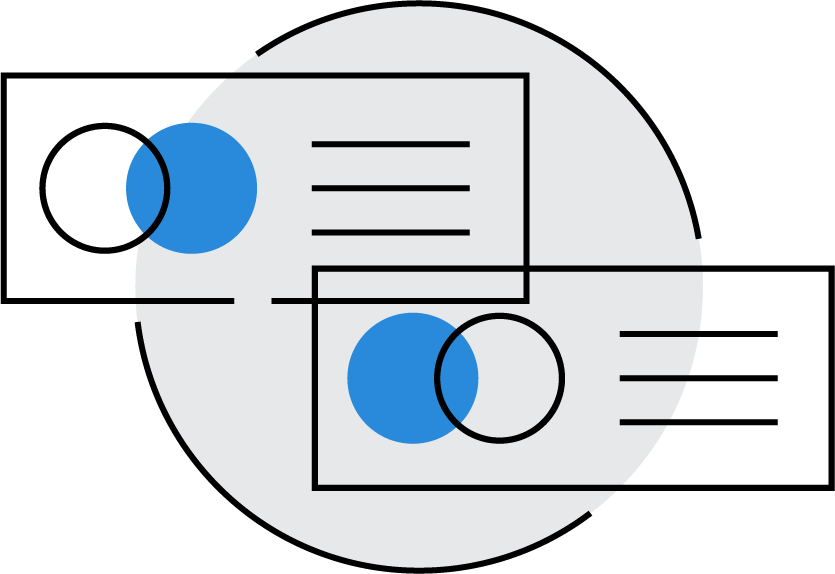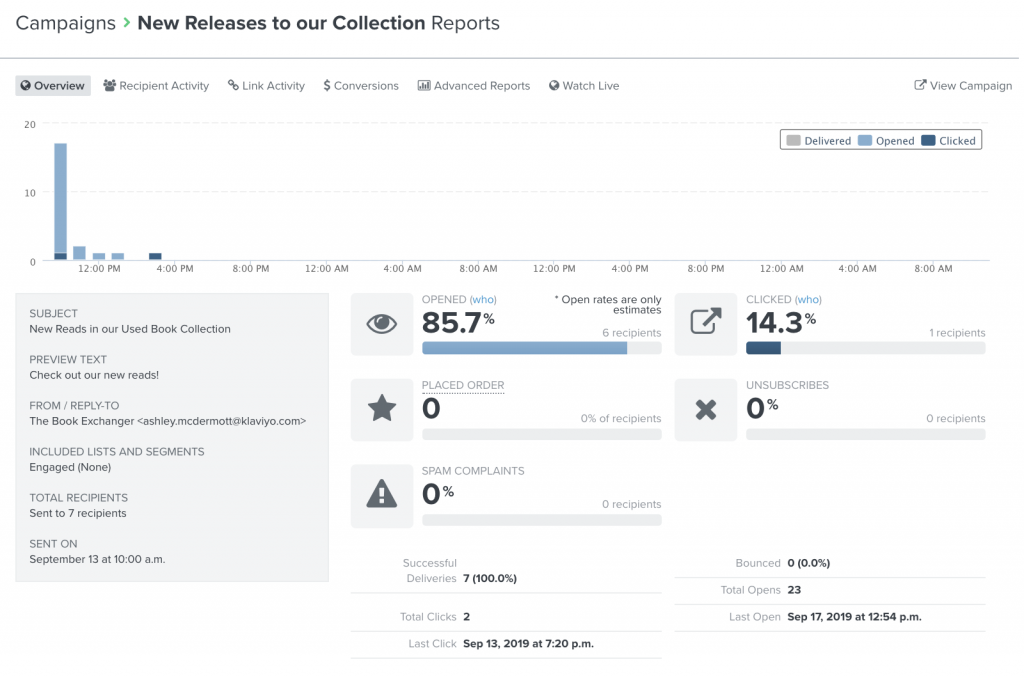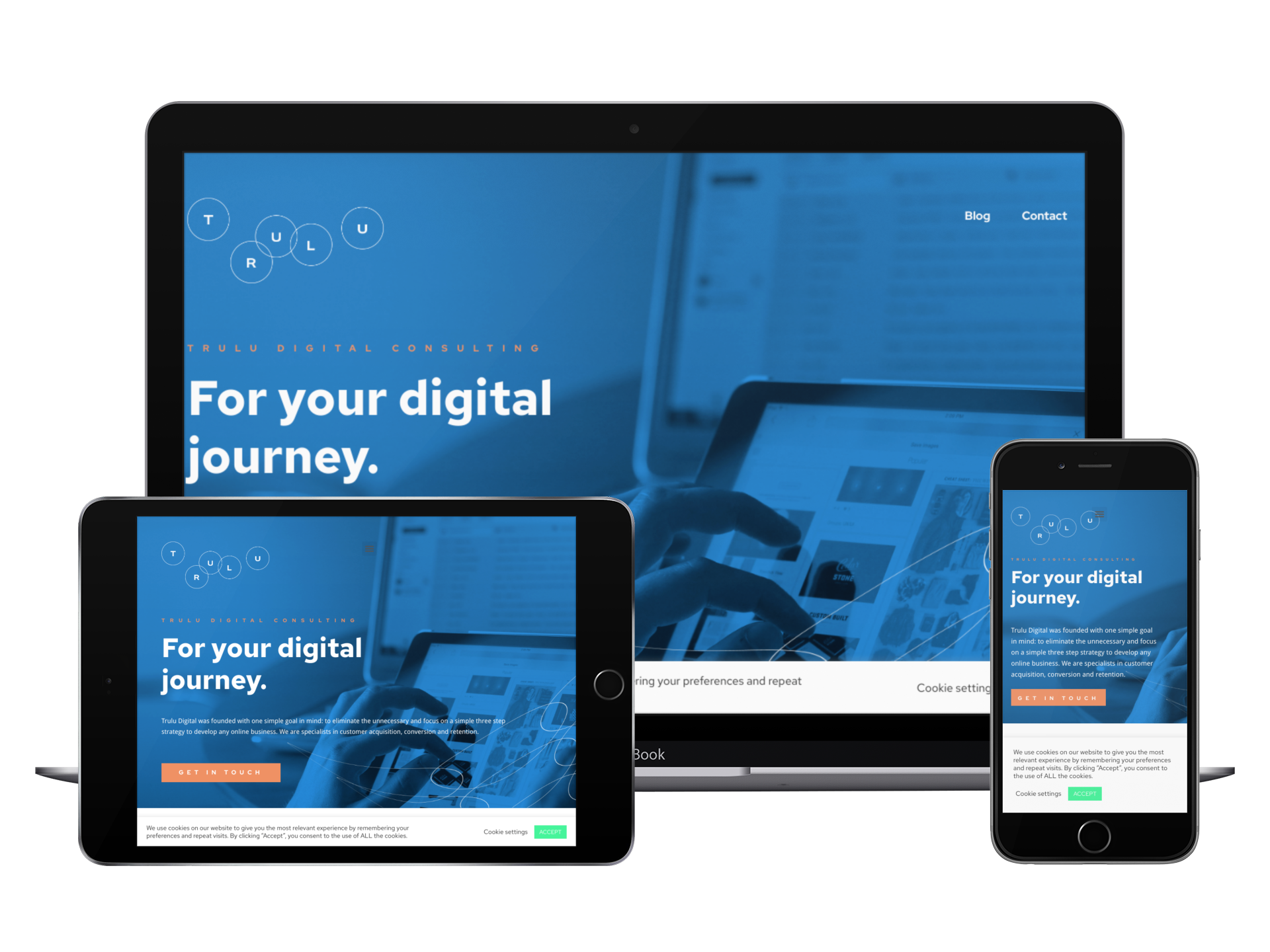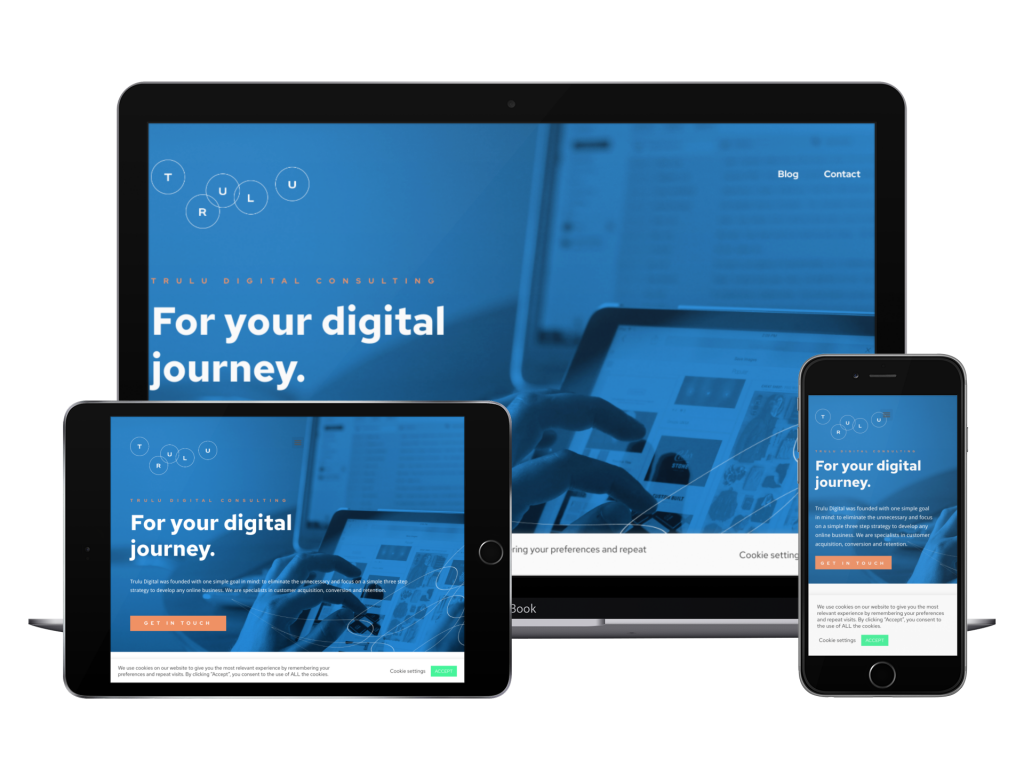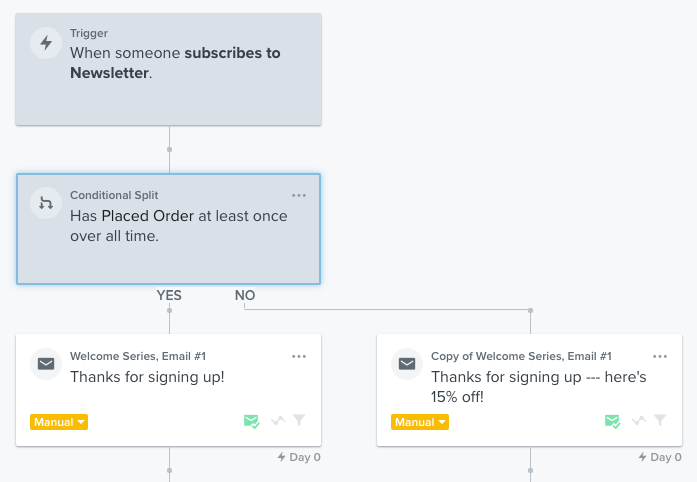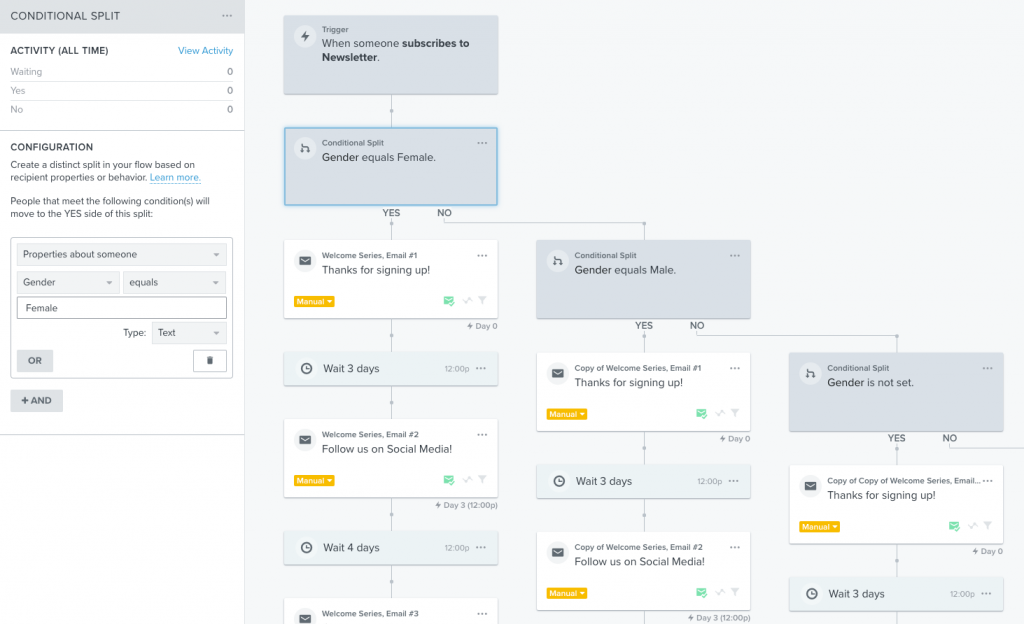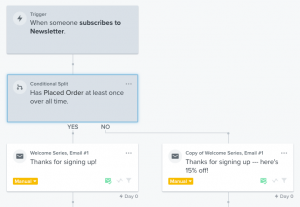
Ever feel like some marketing headlines are from a galaxy far, far away?
We recently saw one claiming "Email is Dead." Let's just say, that feels about as real as the Force.
Here’s the truth: email marketing is alive and kicking in 2024, and it’s a powerful tool for any business.
Don’t believe us? Check out these stats that aren’t from a dusty Jedi archive:
“May the Force be with you."
LUKE SKYWALKER
Here's the truth:
Email marketing is alive and kicking in 2024, and it’s a powerful tool for any business.
Don’t believe us? Check out these stats that aren’t from a dusty Jedi archive:
- Still a Daily Habit: 91% of consumers still check their email daily. That’s a massive audience just waiting for your message (without needing a mind trick!).
- Personalization is King: Forget mass marketing blasts. In 2024, it’s all about personalization. 72% of consumers say they only engage with emails relevant to their interests. Use email segmentation and automation to craft targeted messages that resonate.
- Real-Time Results: Unlike waiting for a rebel spy to deliver intel, email provides instant insights. Open rates, click-through rates, and conversions are all available at your fingertips, allowing you to optimize campaigns in real-time.
- ROI Champion: With an average ROI of 4200%, email marketing remains one of the most cost-effective ways to reach your audience. That’s a return on investment any smuggler would envy.
72% of consumers say they only engage with emails relevant to their interests.

“Do or do not. There is no try”
YODA
So, how can you leverage the power of email, minus the need for a lightsaber?
- Embrace the Data Force: Use subscriber data to personalize content, segment your audience, and create targeted campaigns that feel like a friendly nudge, not a blaster shot.
- Automate for Efficiency: Free up your time with automated email sequences for everything from welcome messages to abandoned carts. Let the technology do the heavy lifting, Jedi Master.
- Content is Your X-Wing: Focus on providing valuable content, educational resources, and exclusive offers. Remember, happy subscribers are more likely to convert, unlike those stuck in a boring Death Star trench run.
Just like mastering the Force takes practice, effective email marketing requires some effort. But with the right approach, you can unlock its full potential and achieve stellar results.
May the ROI be with you (and no, we’re not sorry about the puns).
P.S. Need help crafting compelling email campaigns that get results? We’re your email marketing Obi-Wan Kenobi – minus the beard (probably).


